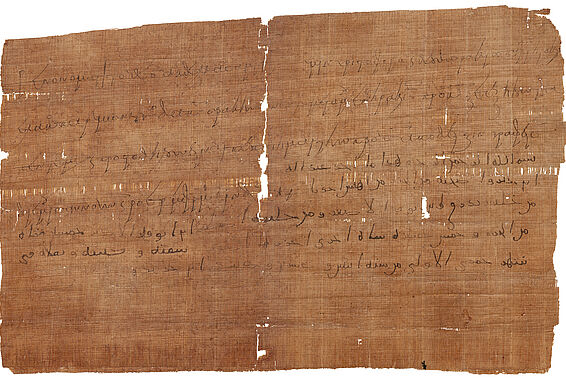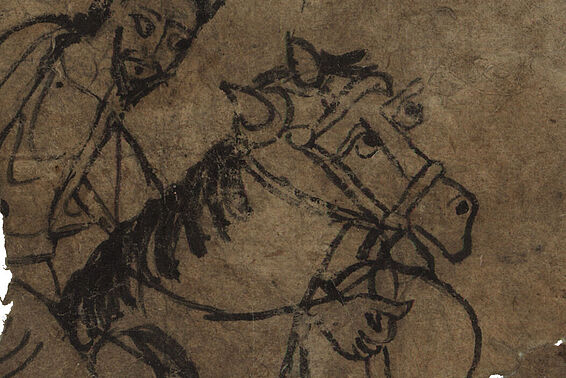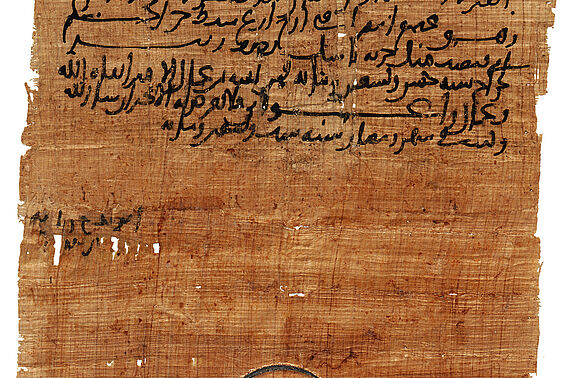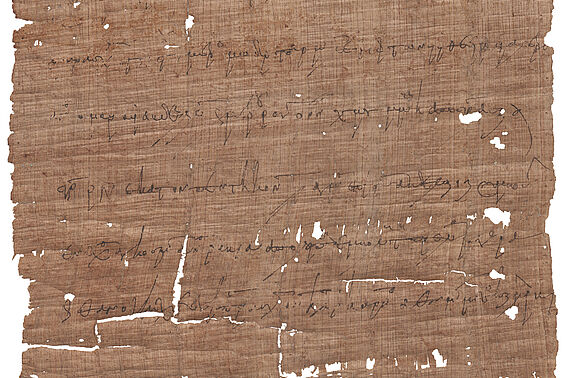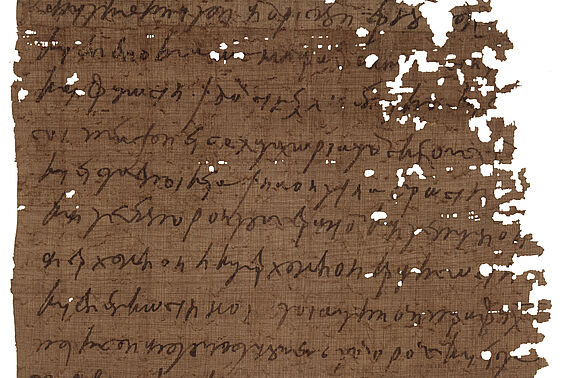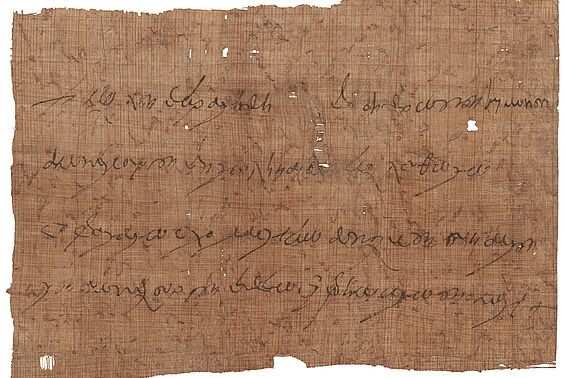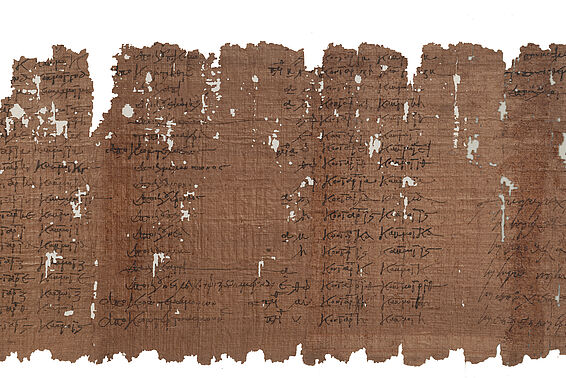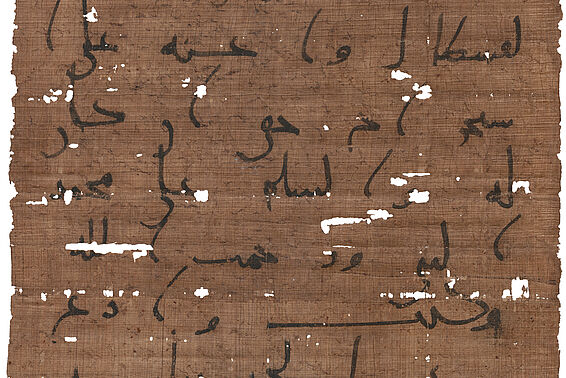Crescent moon over the Nile: how Byzantine Egypt became Arab
Between 639 and 642 AD, Egypt was conquered by Arab armies. Over the following decades, the caliphs, the “successors of the messenger of God”, extended their sphere of influence as far as Persia and Southern Spain. The Arab conquests and the spread of Islam represent a decisive turning point in world history.
Nowhere is the start of this period of flux better documented than in the Department of Papyri at the Austrian National Library: it is home to the most important and extensive collection of original texts from that time. Written in Greek, Coptic and Arabic, they provide valuable contemporary evidence of Egypt’s transition from a Christian-Byzantine country to an Arab-Islamic one.
This new special exhibition at the Papyrus Museum presents some of the most significant exhibits from the collection, including, for example, a papyrus document in which the Emir Abdella confirms receipt of 65 sheep for the Arab army: the document was written on 25 April 643 AD, making it the oldest dated papyrus with Arabic text surviving anywhere.
Evolution, not revolution
Also on display is the famous Senouthios Archive: this contains correspondence between the Byzantine administration and the Arab military forces from the years immediately following the Arab conquest. It is therefore a far more reliable source of information about the early days of the Arab empire than the historical works which were often only written centuries after the events themselves. All the documents testify to the fact that the Arab conquest did not constitute a sudden rupture but rather was a slow process of transformation that continued over many generations and carried many elements of the ancient world over into the Arab Middle Ages.


![[Translate to English:] Eintritt frei für alle unter 19 - Logo](https://webarchiv.onb.ac.at/web/20230203132934im_/https://www.onb.ac.at/fileadmin/user_upload/3_Logos/Logo_EintrittFrei_RGB_neu.jpg)
![[Translate to English:] Ö1 Club Logo](https://webarchiv.onb.ac.at/web/20230203132934im_/https://www.onb.ac.at/fileadmin/user_upload/3_Logos/oe1_club.jpg)

